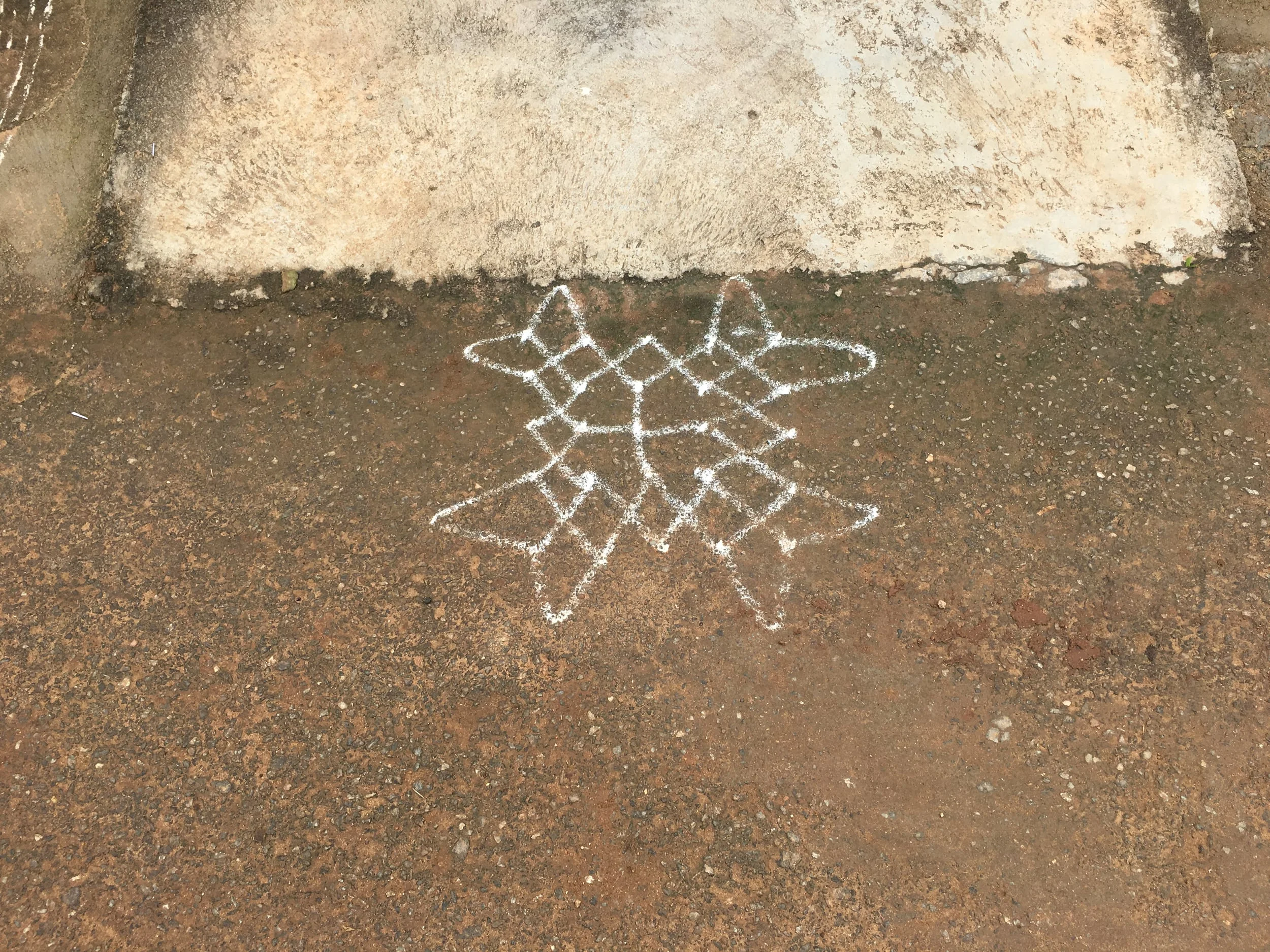The Mandala or Memory Palace, is known as a Rangoli in the state of Karnataka. The word "Mandala" is from the classical Indian language of Sanskrit. It’s loosely translated to mean “circle”, but a mandala is far more than a simple shape.
The locals draw the Rangoli in front of their houses. The Rangoli represents wholeness and can be seen as a model for the organisational structure of life itself - a cosmic diagram that reminds us of our relation to the infinite, the world that extends both beyond and within our bodies and minds.
In Hindu culture, they draw the Rangoli to impress the Brahman. Brahman is the divine entity that is split into the three main Gods. These Gods include, but are not exclusive of the other Gods and Goddesses that are part of Hinduism:
Brahma who is the creator of life and new business,
Vishnu is the preserver and sustainer of life with his steadfast principles of order, righteousness, and truth, and
Shiva can destroy the universe to re-create it.
A lot of the locals from Ankanahalli, Bannikuppe, and Anjanapura told me that some draw Rangoli to make the older houses look more attractive. Other families draw them so when the men of the house walk over them and smudge them it will give them good luck in the workplace; they are also drawn to keep bad spirits out of the houses and temples or to ask for a particular God’s protection.
Below are the Rangoli that I have come across throughout my travels in the State of Karnataka which is found in Southern India. If you would like to know more about Rangoli, please check out my major piece titled "The Story behind the Memory Palace".



























































